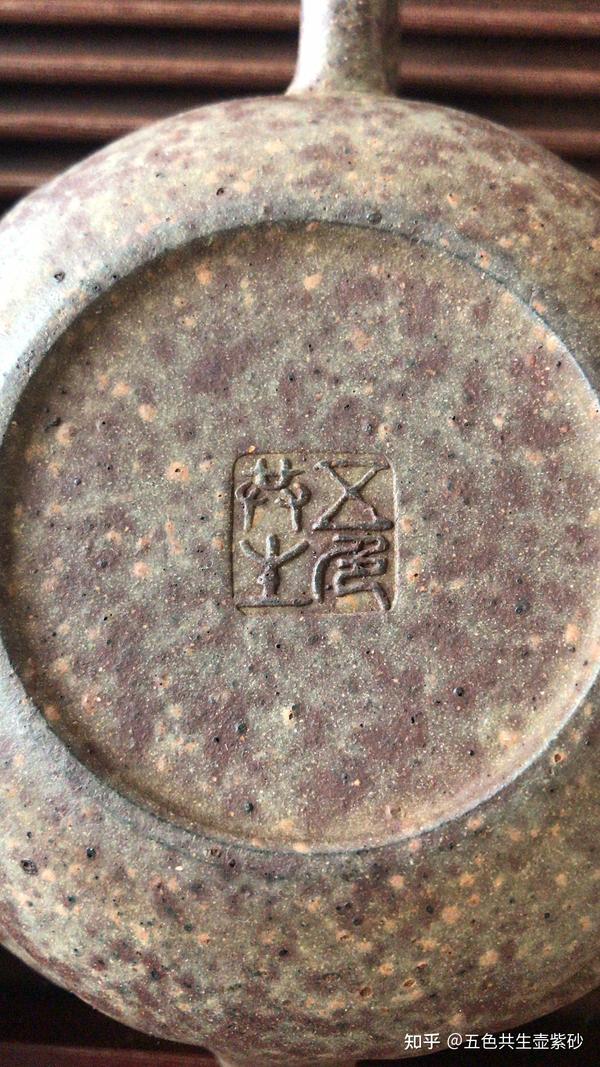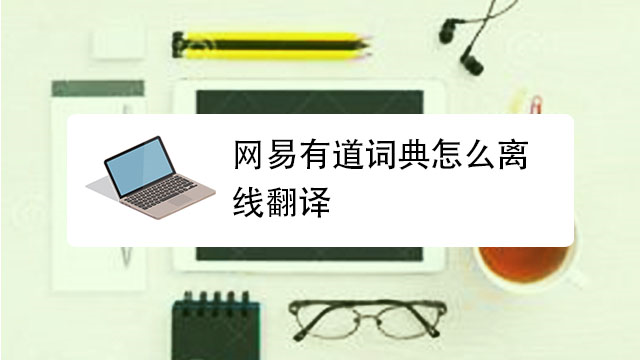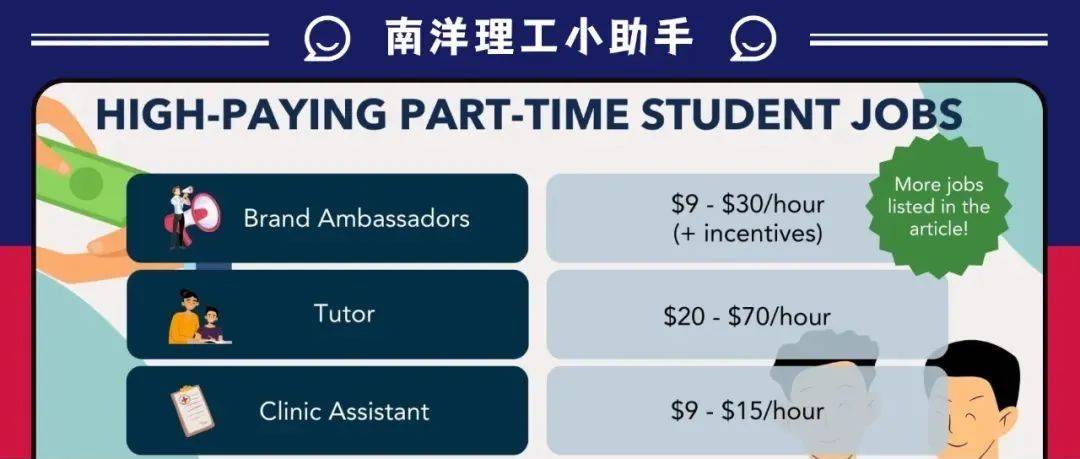When encountering a clever Chinese phrase like “壶说有道,” a direct word-for-word translation falls short. As a brand slogan from the tech-education company Youdao, “壶说有道” has no official or single correct English equivalent because it relies on a sophisticated pun. The best English translations are creative adaptations that capture its spirit. Top contenders include “Youdao Says,” which is simple and brand-focused; “Youdao’s Smart Takes,” which feels modern and highlights the cleverness of the content; and “Youdao Tidbits,” which perfectly describes the short, insightful nature of the information presented. These translations prioritize the core message: Youdao provides authentic, intelligent knowledge about language and culture.
Table of Contents
- First, What Does “壶说有道” Actually Mean? The Story Behind the Pun
- Why a Direct Translation Fails: The Challenge of Creative Slogans
- Top 3 Strategies for Translating “壶说有道” into English
- Comparing the Best English Options for “壶说有道”
- Our Final Recommendation: Which Translation Should You Use?
- Beyond “壶说有道”: The Art of Translating Chinese Brands
- Conclusion: It’s Not Just About Words, It’s About Meaning
First, What Does “壶说有道” Actually Mean? The Story Behind the Pun
To find the right English expression, we must first deconstruct the genius of the original Chinese phrase. “壶说有道” (Hú Shuō Yǒu Dào) is not a traditional idiom but a bespoke creation for a content series by Youdao, likely centered around its smart devices like the Youdao Dictionary Pen. The phrase’s brilliance lies in its layers of meaning, which are deeply rooted in Chinese language and the company’s brand identity. Understanding these layers is key to appreciating why a simple translation is impossible.
The Literal Meaning: “The Pot/Pen Talks”
Literally, the characters break down as follows: “壶” (hú) means pot, kettle, or, in this modern context, can refer to a handheld device like the Youdao Dictionary Pen. “说” (shuō) means “to speak” or “to say.” So, “壶说” literally means “the pot/pen speaks.” This is a personification of Youdao’s smart hardware, suggesting the device itself is imparting knowledge directly to the user. This creates an image of technology as an active, helpful companion in the learning journey.
The Play on Words: “壶说” (Hú Shuō) vs. “胡说” (Hú Shuō)
Herein lies the cleverest part of the phrase. “壶说” (hú shuō) is a homophone for “胡说” (hú shuō), a common term that means “to talk nonsense,” “to speak rubbish,” or “hogwash.” By using the character for “pot” (壶) instead of the character for “reckless” (胡), Youdao creates an immediate, witty contrast. It’s a playful nod that acknowledges that some language tips or slang might sound strange or like “nonsense” at first listen, immediately grabbing the audience’s attention with a touch of humor and self-awareness.
The Brand Integration: Why “有道” (Yǒu Dào) is the Punchline
The final two characters, “有道” (Yǒu Dào), serve as the perfect punchline. On one level, this is simply the name of the company, Youdao. However, “有道” is also a meaningful phrase in Chinese, translating to “to have the right way,” “to be reasonable,” “to make sense,” or “to possess profound knowledge.” Therefore, the full slogan masterfully communicates: “Even if it sounds like nonsense (胡说), what this little device (壶) says (说) actually makes perfect sense (有道) because it’s powered by Youdao.” It’s a compact and powerful statement of brand confidence and value.
Why a Direct Translation Fails: The Challenge of Creative Slogans
Now, it’s clear why a literal translation like “The Pot Talks Reason” or “Kettle Speaks the Way” would be utterly baffling to an English-speaking audience. Such a translation loses all the nuance, humor, and linguistic cleverness of the original. The pun on “胡说” is completely lost, and the cultural meaning of “有道” isn’t immediately apparent. This is a classic case where transcreation—a process of adapting a message from one language to another while maintaining its intent, style, tone, and context—is not just preferable, but essential. The goal is to recreate the *effect* of the original phrase, not to replicate its words.
Top 3 Strategies for Translating “壶说有道” into English
Since a direct translation won’t work, we must approach this task strategically. The best English version will depend on the primary goal: Is it to boost brand recognition, capture the creative concept, or describe the content’s format? We can explore three effective strategies to generate suitable options.
Strategy 1: Brand-Centric Translation (Focus on “Youdao”)
This is the most straightforward and often most effective strategy for global branding. It places the company name front and center, ensuring that all credit for the knowledge shared goes directly to Youdao. It’s clean, professional, and easily understood by a global audience. While it sacrifices the nuance of the original pun, it makes up for it in clarity and brand recall.
- Youdao Says: Simple, authoritative, and direct. It positions Youdao as a definitive source of information, similar to the classic “Simon Says” game.
- Ask Youdao: This is engaging and frames the content as answers to user questions, fostering a sense of community and utility.
- Youdao Explains: This option is slightly more formal and educational, emphasizing the depth and clarity of the information being provided.
Strategy 2: Concept-Driven Translation (Focus on the Pun’s Spirit)
This strategy is more ambitious, as it attempts to replicate the clever “sense from ‘nonsense'” feeling of the original. It aims to create an English phrase that is equally catchy and intelligent, hinting that Youdao offers non-obvious or surprising insights. These translations are often more engaging and memorable if they land correctly with the target audience.
- Youdao’s Smart Takes: “Hot takes” or “smart takes” is modern slang for clever, insightful, or even controversial opinions. This captures the idea of fresh, intelligent content perfectly.
- Youdao: It Just Makes Sense: This directly translates the meaning of “有道” and uses it as a confident tagline that counters the implied “nonsense.”
- Nonsense? No, Youdao Sense.: A more direct attempt at recreating the pun’s structure. It’s playful but might be slightly clunky depending on the context.
Strategy 3: Content-Focused Translation (Focus on the Format)
If the “壶说有道” series consists of short, easily digestible video clips or posts, the translation can reflect that format. This approach tells the audience exactly what kind of content they can expect, setting clear expectations. It’s practical and descriptive, emphasizing the bite-sized, useful nature of the knowledge being shared.
- Youdao Tidbits: “Tidbits” are small pieces of interesting information, which perfectly describes the likely format. It sounds friendly and accessible.
- Youdao Language Hacks: “Hacks” is a popular term for clever shortcuts or tricks, which aligns well with Youdao’s mission of making learning more efficient.
- Youdao Quick Bits: Similar to “Tidbits,” this emphasizes the speed and brevity of the content, ideal for social media platforms like TikTok or YouTube Shorts.
Comparing the Best English Options for “壶说有道”
To help choose the best option, let’s compare our top contenders from each strategy in a table. This will highlight their respective strengths and weaknesses based on different goals, such as branding, creativity, and clarity.
| English Translation | Pros | Cons | Best For… |
|---|---|---|---|
| Youdao Says | Simple, memorable, excellent branding, highly versatile for any platform. | Loses the creative wordplay of the original Chinese phrase. | A general-purpose title for a recurring content series. |
| Youdao’s Smart Takes | Modern, engaging, and captures the spirit of providing clever insights. | “Takes” can sometimes imply opinion over fact, slightly informal. | Video series on social media, targeting a younger audience. |
| Youdao Tidbits | Friendly, accurately describes short-form content, sounds accessible. | The word “tidbits” might sound slightly trivial or unimportant to some. | Short-form video content, “did you know” facts, and fun trivia. |
| Youdao: It Just Makes Sense | Excellent at capturing the core meaning of “有道” and the brand promise. | A bit long for a title; works better as a supplementary tagline or slogan. | Brand marketing campaigns and advertising copy. |
Our Final Recommendation: Which Translation Should You Use?
While the “best” translation is subjective and context-dependent, we can make a strong recommendation. For overall versatility, brand strength, and clarity, “Youdao Says” is an outstanding choice. It is simple, easy to remember, and establishes Youdao as an authority. It’s a safe and powerful option that works across almost any medium.
However, if the goal is to be more modern and capture more of the original’s clever spirit, “Youdao’s Smart Takes” is the superior option. It resonates well with a social media-savvy audience and effectively communicates that the content is not just factual, but also insightful and thought-provoking. Ultimately, the choice between these two front-runners depends on the specific platform and target demographic for the content.
Beyond “壶说有道”: The Art of Translating Chinese Brands
The challenge with “壶说有道” is a perfect microcosm of the broader field of marketing localization. Many Chinese brands use slogans rich with cultural references, puns, and layered meanings that simply do not have direct equivalents. For instance, the banking slogan “滴水不漏” (dī shuǐ bù lòu), meaning both “not a single drop of water leaks” (security) and “meticulous/flawless,” presents a similar challenge. The lesson is clear: effective global branding requires a deep understanding of both cultures. It’s an art that balances faithfulness to the original idea with resonance in the target market, always prioritizing the intended *feeling* over the literal words.
Conclusion: It’s Not Just About Words, It’s About Meaning
In conclusion, finding the English for “壶说有道” is a fascinating exercise in creative translation. There is no simple dictionary answer. The journey from “The Pot Talks Nonsense, but Makes Sense” to sleek options like “Youdao Says” or “Youdao’s Smart Takes” shows that true translation is about building bridges of meaning. It requires decoding the cultural context, respecting the brand’s intent, and re-encoding the message in a way that is compelling and clear to a new audience. The next time you see “壶说有道,” you’ll know that behind those four simple characters lies a world of clever marketing and linguistic artistry.



